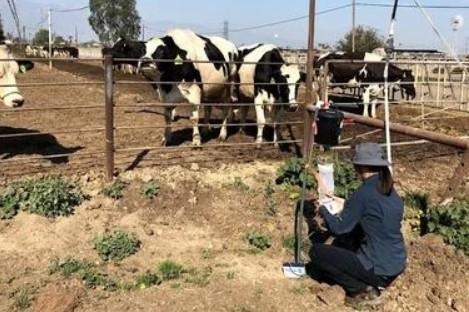The American Association of Bovine Practitioners and the Academy of Veterinary Consultants, both of which count bovine veterinarians among their members, have developed a set of guidelines to protect veterinary businesses in the event of an outbreak of a foreign animal disease in livestock.
The document is meant to provide guidance for veterinary practices that are not within disease control areas to maintain essential public and private veterinary services throughout an FAD emergency while implementing and maintaining biosecurity protocols to mitigate potential disease spread.

An FAD emergency, such as an outbreak of foot-and-mouth disease or African swine fever, is a worldwide concern. If introduced into the United States, FMD could have major animal health and welfare impacts--untold numbers of animals would suffer from its ill effects. In addition, there would be devastating effects on trade and global economics.
According to the U.S. Department of Agriculture (PDF), various factors influence the management of foreign animal disease, including increased international travel, evolving infectious agents, trade agreements, and the uncertain impact of biotechnology.
The guidelines help veterinarians apply biosecurity measures, safeguard their clinics, answer common client questions, maintain continuity of business, and access additional information during an outbreak.
For example, the AABP-AVC guidelines suggest a 72-hour movement standstill following the first U.S. diagnosis of a foreign animal disease. In the early stages of an outbreak, extra caution is needed by everyone visiting businesses with livestock, especially veterinarians performing farm calls.
Allocation of resources during an outbreak will likely prioritize the infected premises, and practices that are not within a disease control area will need to maintain essential veterinary services while also mitigating potential disease spread.
Click here to see more...